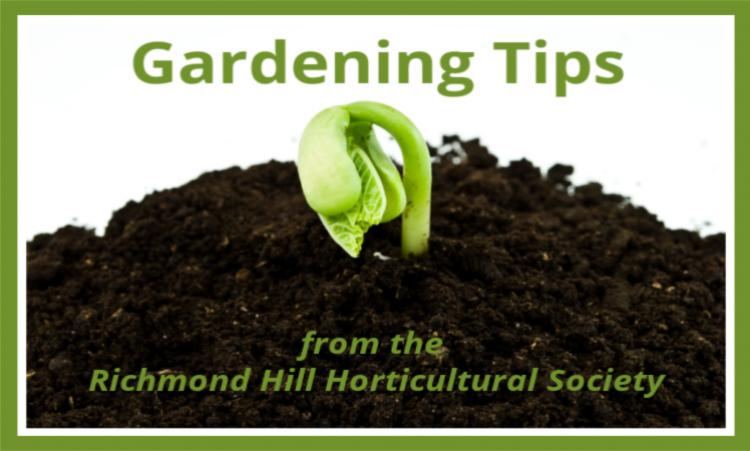Grow them once and then continue to harvest them year after year with minimal effort. After the first year, they’ll start to grow all by themselves as the frost leaves the ground.
Here’s the last 7 rather common perennial vegetables.
1) Watercress. If you love slightly peppery leaves, similar to that of arugula/rocket, then you are going to adore watercress from your own backyard. It isn’t the simplest-to-care-for plant, as it is also attractive to many pests such as snails, white flies and spider mites. Some of the best things in life take time and work. With the right set-up you can harvest vitamins A and C from watercress year-round. Not only that, watercress is rich in niacin, thiamine and iron, better than an ordinary leafy salad! As a child, we went out to the nearby farm areas in mid spring and in the ditches with barely any water, we’d find wild watercress. We’d harvest it and had watercress salads for the next while.
2) Perennial Kale. This is also a good one to grow. Great for eating in salads, sauteed as a green, or even crisped in the oven for kale chips. Kale can remain in the ground and be harvested late in the season with some folks still harvesting even after the first snowfall. You can propagate these using side shoots of about 10 inches in length. Cut the side shoot at an angle just below a leaf node. Leaves are left at the top of your shoot but stripped at the bottom. Place your shoot in potting soil in a container and when grown until a bigger size, you can replant it outdoors. Varieties of kale that you might look for are Taunton Dean, Daubenton, and Sutherland.
3) Horse Radish. If you are looking to add some warmth to your winter meals, a little bit of grated horseradish goes a long way. The best way to get to that root, is to harvest it fresh, for as long as you can dig the soil. It is in the same Cruciferae family as broccoli, cabbages and brussels sprouts, yet it is hardier than all three combined.
4) Babington’s Leeks – These are a perennial leek with a garlicky taste. You can plant bulbets (small bulbs also called bulbils) putting 2 or 3 with potting soil about an inch deep in the soil in each container before spring and then plant the resulting bulbs in your garden. Once they are a good size – maybe 6 to 8 inches tall, then plant them in rows outside about 6” apart. You should not harvest these in the first year to allow them to bulk out and take to the area. But in the second spring, you can start to harvest their stems by cutting them off at ground level so that the bulb can continue to grow. In early summer they send out flower stocks which will have lots of tiny bulbets which can be allowed to fall to the ground to extend your patch of leeks. Other perennial alliums to grow are various onions including the Welsh onion and the tree or Egyptian walking onion.
5) OCA (aka New Zealand Yams). This particular yam grows a good size like potatoes and is somehow not bothered by disease and pests that potatoes have to be protected from. Although, some might say it is a bit ugly. It can be boiled, baked in the same way as you’d do with potatoes. If thinly shaved when raw, the yam has a nice lemony taste which can be added to salads. Its leaves can be used for a nice lemony zest in salads as well. When planting you could start these indoors or outside. Harvest them in autumn once the foliage starts to brown. You can keep the yams indoors in a cool, dry place to enjoy throughout the winter. I might add, my family kept their potatoes in the “cold room” of the house but buried in layers of soil in a giant metal tub. Doing this, they’d last from harvest until late spring. And some would be kept aside to plant the next year as well.
6) Globe Artichoke – plant in area where there is sunshine and well drained soil. You can grow these from seed, or look for young plants (seedlings) in your local nursery. They should be planted 3 feet apart as they grow quite large. Keep the area free of weeds. Water frequently especially in the summer and in their first year while they are establishing themselves. In the fall, you should add compost over the area and in our area, you may wish to cover them with “tomato plant wire” after adding straw over each plant for the winter. In the summer your artichoke head will appear. It should be picked when it is about a golf ball in size and be sure not to leave it until it opens. After the year’s harvest, you may get a second group of heads. Leave some of these as they will flower and attract bees for pollination.
7) Cardoon – It is similar to an artichoke and needs the same growing conditions. However, on this plant, you are eating the stems which look like celery and can be used in similar ways. The flower head is not to be eaten. One might chop and cook the stems to add to soups or to be baked.
Hope you’ll consider growing some of these perennials to add more variety with less work to your homegrown vegetables!
References:
• Perennial vegetables: 15 easy to grow choices for gardens and landscapes by Niki Jabbour. Click here.
• 5 Perennial Vegetables by GrowVeg. Click here.
• 18 Perennial Veggies You Can Plant Once and Harvest For Years. By Cheryl Magyar. Click here. .








